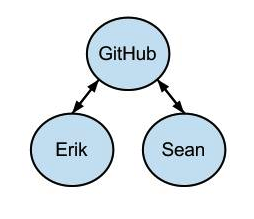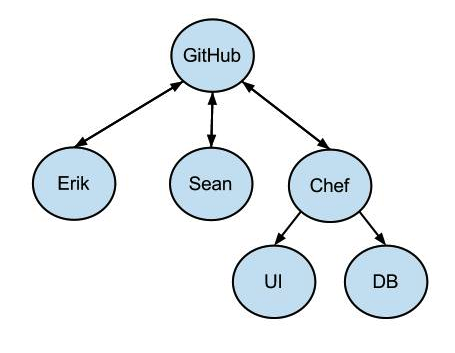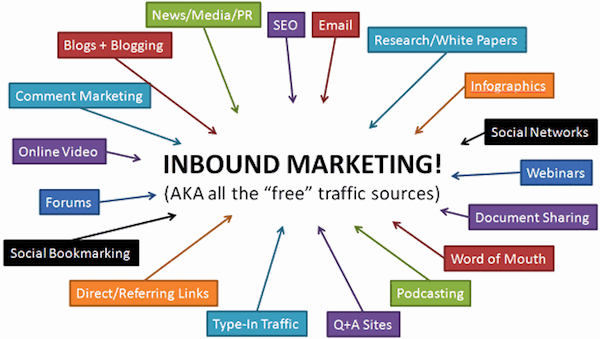Yieldbot Appoints Media Pioneer Cathleen Black to its Board of Directors
- Edit
- Delete
- Tags
- Autopost
Black will advise Yieldbot on its strategic direction as the Company continues to grow its real-time consumer intent marketplace for advertisers and premium publishers.
NEW YORK, New York – March 27, 2013 – Yieldbot today announced it has appointed Cathleen Black to its Board of Directors, effective March 18, 2013. An experienced media executive and business leader, Black will advise Yieldbot on its strategic direction as the Company grows its real-time consumer intent marketplace.
“We are extremely excited to welcome Cathie to Yieldbot’s Board of Directors,” said Jonathan Mendez, Yieldbot Founder and CEO. “Cathie’s leadership and knowledge within the media and publishing industry is extensive. Her experience and perspective will be invaluable to Yieldbot as we continue to bring new revenue streams to publishers and better results for advertisers through our real-time consumer intent marketplace.”
“It is very exciting to join the board of such a promising company at this early stage and to play a role in its growth and success,” said Black. “Yieldbot's technology is at the forefront of the real-time data and analytics evolution, and has the potential to bring important new insight to publishers as to how they view their data and use it to deliver better experiences to audiences in the form of content and advertising.”
Black was President, then Chairman of Hearst Magazines, one of the world’s largest publishers of monthly magazines, for 15 years, and oversaw such titles as Cosmopolitan, Esquire, Good Housekeeping, Harper’s Bazaar, O, The Oprah Magazine, and nearly 200 international editions. Called “the First Lady of Magazines,” Black has been named to Fortune Magazine’s and Forbes’ “Most Powerful Women in Business” lists numerous times. Black was also President and Publisher of USA Today for 7 years in its beginning.
Black served on the boards of IBM and the Coca-Cola Company for 20 years, before becoming Chancellor of New York City Schools in 2010. She is a member of the National Council of Foreign Relations and her book, Basic Black: The Essential Guide for Getting Ahead at Work (and in Life), is a New York Times bestseller.
Black joins Yieldbot 10 months after the launch of its real-time consumer intent marketplace. The marketplace currently captures 1.6 billion real-time consumer intentions each month across its base of premium web publishers. Yieldbot makes these intentions available for purchase by search marketers to match ads against in real time. The Company has doubled its advertising revenue every two months since the marketplace’s launch.
"We use Yieldbot for a number of different clients here at TargetCast, and have been seeing search-like performance on the front end, and more importantly, on the back end of our campaigns,” said TargetCast SVP Interactive Marketing Director Philippe Sloan. “Yieldbot has opened up a whole new marketplace for our clients to connect directly with the real-time mindset of their consumers in the publisher domain.”
“Yieldbot’s intent-based advertising has provided us with a critical supplement to our paid search efforts,” said Alliance Health Networks Marketing Manager Marin Rowe. “The conversion rate performance and number of conversions are equal to, and have sometimes exceeded, those of our SEM.”
Yieldbot’s publisher base has grown exponentially, as well, tripling page views each quarter since the marketplace’s launch.
“Yieldbot is looking at publisher data in a way that no other company has done before,” said Black. “Its technology can be very powerful for media companies seeking to transform their businesses in today’s digital environment.”
“Cathie’s whole career has been forward-looking,” said Mendez. “Cathie’s joining us validates the importance of what we’re doing for publishers and premium content providers.”
With Black’s appointment, Yieldbot’s Board of Directors now comprises five members, including Scott Johnson, Founder & Managing Partner, New Atlantic Ventures; Jonathan Mendez, Founder & CEO, Yieldbot; Jerry Neumann, Partner, Neu Venture Capital; and Eric Wiesen, General Partner, RRE Ventures.
To learn more about Yieldbot’s products and services, its real-time consumer intent marketplace, and how publishers can increase their yields while advertisers strengthen their intent-based marketing results, please visit http://www.yieldbot.com.
About Yieldbot
Founded in 2010, Yieldbot captures, organizes and activates real-time consumer intent before, after and outside of search, creating a new marketing channel for advertisers and new revenue streams for publishers. Through its real-time consumer intent marketplace, Yieldbot enables advertisers to deliver ads at the exact moment consumers are most open to receiving relevant marketing messages. The Yieldbot marketplace currently captures 1.6 billion intentions each month and frequently delivers performance equivalent to, or stronger than, search marketing performance.
For media inquiries, please email [email protected].





